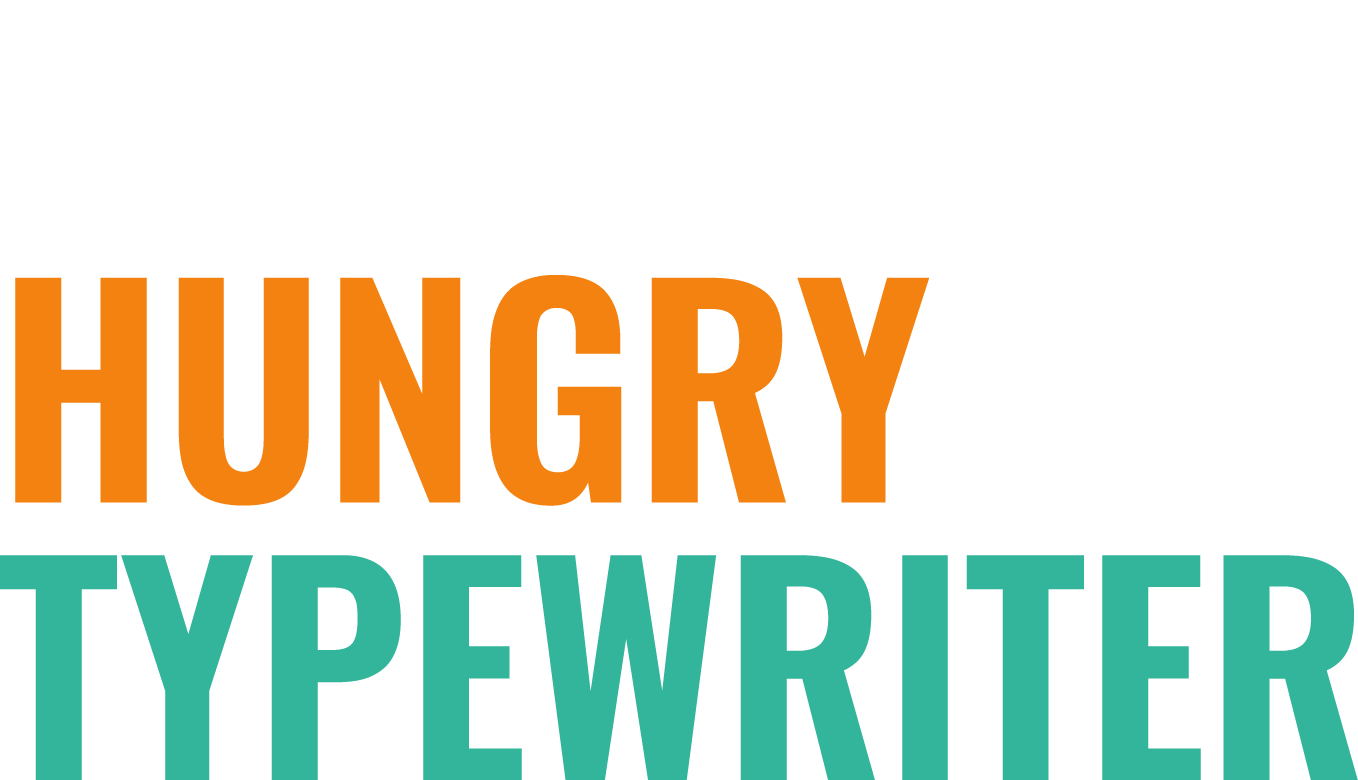17 AI Copywriting Prompts for Better Writing Results
This is Part Two of a 2.5-part blog series exploring the intersection of AI, copywriting, and human creativity. Click here to start from the beginning—and get ready to get personal.
One of the hardest parts about running a business or writing anything that matters (or, in many cases, both) is how little feedback you get in the moment.
There’s no audience clapping when you nail a headline. No teammate adding a “SO GOOOOOD” comment pane when you stick the landing.
Just the quiet click of the delete button as you finally remove:
“[Enter something brilliant here]”
That’s why AI can feel like a little magic.
Not because it’s brilliant—but because it responds.
It gives you something to play off, push against, and sometimes pull from.
And while it’s a (very) poor substitute for a business partner, a therapist, or a creative co-conspirator, AI can be an effective swift kick in the keyboard—if you ask it the right questions.
The following rules and writing prompts for AI are designed to help you write something real—and not just readable. They’ll help shake your Big, Bold Idea loose from the shackles of conformity, the shadows of the competition, and the narrative traps you might have possibly set for yourself (it happens to the best of us).
Let’s do it!
Try these prompts before you draft—or when you’re stuck mid-sentence—and notice how they elevate your ideas, insights, and impact.
Banish blah from the beginning.
Generic inputs lead to generic insights.
Avoid, at all costs, an initial prompt like “Write an article about X.” You are not a high school student cheating on a term paper. You’re a business owner who needs every word to spark trust, connection, and movement down the funnel. The more you stake upfront, the sharper your angle and structure will be.
Try prompts like:
“What assumptions or misconceptions might my audience already have about this topic—and how can I address or reframe them?”
“What’s an unexpected story, example, or stat that could anchor this message?”
“What’s one angle no one in my space is talking about yet?”
Make sure to set up your prompts with your Style Guide and examples of pieces (even one will work!) that best reflect your brand. Don’t let AI push you toward average—that’s not why you’re here.
Get ready to use YOUR words.
I usually start drafting with a solid idea, but I stay loose on the angle or structure.
Like many creatives, I’m an external processor—I often don’t know what I think until I try to say it out loud.
Fred has been indispensable here. In just one prompt—“Ask me 5 questions that would help me clarify my point of view on this topic”—I can talk** through the concept and uncover angles or patterns I hadn’t yet considered. This is a powerful way to ChatGPT for content creation.
Follow up this AI copywriting “interview” with deeper diving questions like:
Where’s the tension in this topic? What other questions would challenge me to write something more honest and brave?
What resources and research would better inform this train of thought?
Who is an expert in this field that might be worth reaching out to or reading about?
**Use your voicebox!
I find it extremely helpful to use the mic feature to talk out my answers, even if it was awkward at first. (You get over this quickly when you realize how darn helpful it is.)
Deploy AI to find gaps, challenges, and weaknesses.
One of Fred’s most charming qualities is her positive, helpful attitude. It’s also one of her most misleading. She tends to tell me what I want to hear—even if it’s off-base, off-brand, or off book.
To keep her in check, and to make sure that her positive contributions are also good ones, I regularly deploy prompts to force her hand
These include (but are not limited to):
What would a skeptic push back on here?
If this were written by a competitor, what part would I call BS on?
What’s missing that would help someone make an informed decision or take confident action?
And then review its comments through a critical lens and an open mind.
Worth it
These “alternative perspective prompts” often unearth a stronger headline, sharper stance, or stickier narrative thread.
Push for critique—not compliments.
Some of the best advice I was given during my early writing days was from a college professor who warned me:
“Mediocre writers seek praise. Professional writers crave feedback. Decide if you want to be good—or if you want to grow.”
Channel your inner Miranda Priestly with questions like:
Review this section like a scrupulous editor or competitor who can’t wait to find fault with it.
What parts of my writing are working well—and which feel undeveloped or repetitive?
From what you’ve gathered about my writing style so far, what tips can you give me to hone my skills?
These writing prompts for AI are especially helpful for anyone wishing to improve their impact, overall performance, and critical thinking skills. Again, don’t just accept what AI gives you. Determine if it’s true—and true for you.
[Pssst…Our Copy Coaching Calls offer a fresh, strategic set of human eyes to help hone your message, strengthen your draft, and inspire more content to come. Learn more here.]
Be ready to enforce the rules.
Even with clear inputs, Fred almost always reverts to clichés or grammar that doesn’t match my voice, especially in long chats.
…it happens!
If you use ChatGPT for content creation, reread for tone drift. Keep your colorful language in your brand palette—and be ruthless about cutting anything that sounds like “corporate gray” or “teachy taupe.”
Build brand guardrails by asking:
Which phrases or sentences feel generic or off-brand? Suggest sharper alternatives.
What parts of this draft break my style guidelines? Provide reasoning as to why those shifts help this piece.
What parts of this piece are more fluffy than formative—and why?
It’s not AI’s job to protect your voice or sharpen your strategy. It’s yours. But if you use it wisely—and ask better questions—it can push your ideas further than you thought they could go.
Ask HT
Still wondering whether ChatGPT could actually replace a human copywriter? This breakdown might save you time—and regret.
AI isn’t the future of your business.
You Are.
Your experience, your values, your way of showing up and saying what matters most—that’s the edge no one can replicate.
If AI can help you unlock that? GO FOR IT.
And if you’d rather build a message that cuts through the noise—with a human who knows how to challenge your assumptions, champion your vision, and choose the right words at the right time—while you do what you love?





